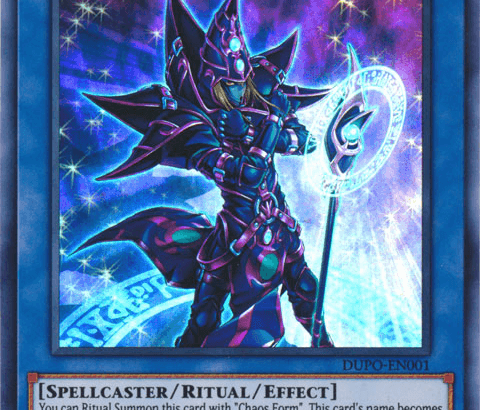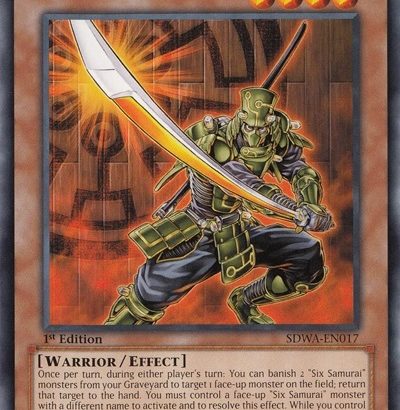When comparing the big three of trading card games, Magic: The Gathering, Pokémon, and Yu-Gi-Oh!, I think the strongest points of comparison can be made between Magic and Yu-Gi-Oh!. This is due to the fact Yu-Gi-Oh!’s card game originated as a dramatization of Magic, a fictional card game called “Magic and Wizards”. The comparisons between the two games are baked into Yu-Gi-Oh!’s DNA.
This is actually true for Pokémon too, the TCG itself being inspired by Magic’s niche Japanese success. However, Energy cards are the last vestigial remnant of Magic’s influence, being a repurposing of Lands. Pokémon in development evolved so much that the end product bears little resemblance to Magic.
Iconic Characters:
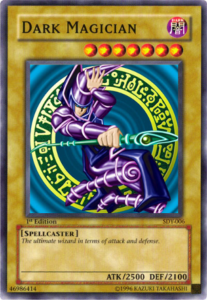
In a recent video I discussed what Yu-Gi-Oh! did better than Magic, which is mostly producing iconic characters and marketing. The thing about that angle is that Pokémon absolutely trounces both of them. Pokemon is built from the ground up for merchandising across a multimedia empire. Yu-Gi-Oh! cannot compare on those grounds, but that isn’t to say Yu-Gi-Oh! doesn’t do some things better than the Pokemon TCG.
Something that really separates Pokemon from Magic and Yu-Gi-Oh! is how people approach it. Pokemon for its entire run has been dominated by collectors and investors over players. This is potentially a reason why the game has become what it has with the gimmicks being baked into the Ultra Rare slot. They are, along with full art Supporter cards, where most of the effort goes. A natural decision on their part. People focus on collecting with the Rare Holo rarity? Why not capitalize upon it by making a higher rarity?
The collector focus has its roots in Pokémon’s original marketing, “Gotta Catch ‘em All!”, but Yu-Gi-Oh!’s own media produces a similar effect. By showcasing the card game in most all Yu-Gi-Oh! media, to the point of the series becomes marketing, it convinces the audience that the enjoyment gained from the game is the primary use of the cards.
This in turn makes it much easier to find Yu-Gi-Oh! locals that have regular attendance than Pokémon, though both are eclipsed by Magic in this regard. People are pushed to play the game by the media, they naturally want to play it. The more people that want to play it, the more organized play grows.
Archetypes:
Through Pokemon’s long history, it’s introduced many assorted gimmicks. Starting with it’s fourth set, Team Rocket, which introduced “Dark” Pokémon. This would be followed up by “Owners Pokémon”, Pokemon owned by the Gym Leaders of Kanto.
This would repeat into Generation 2, where after the new roster was produced in card form, the game would return to Dark Pokémon and introduce a counterpart in Light Pokémon. Then, exclusively in Japan, the Owner’s Pokemon concept would return and be redesigned in the VS series.
The cycle of new roster then some type of gimmicky Pokémon would continue throughout Generation 3 and 4, bringing back Dark Pokémon for the third and final time, introducing the fan favorite Delta Species and finally revising Owner’s Pokemon as Pokemon SP. Then the practice changed.
Instead of being main sets or blocks with gimmicks, the gimmicks were largely regulated to the ultra rare slot, exclusively being used for what have been dubbed “Special Rules Pokemon”, Pokemon that give more than one prize card when KOed.
This has arguably resulted in Pokémon becoming boring. There really isn’t anything produced to keep the game interesting, it’s just a new flavor of Pokémon ex from 2003’s EX Ruby & Sapphire. Power creep on ultra rare cards to push sales, nothing novel. Not even popular gimmicks return.
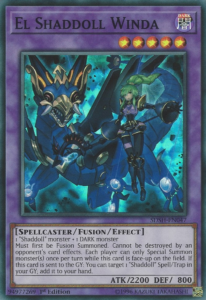
This is where Yu-Gi-Oh!’s combination of archetyping and nostalgia baiting gives Yu-Gi-Oh! a leg up over Pokemon. Yu-Gi-Oh! is always introducing new archetypes, this keeps the game fresh and interesting. Yes, Yu-Gi-Oh! has some of the most extreme forms of power creep, but it’s not the same. Where Pokemon is introducing new iterations of a pushed card type to push sales with big numbers and speed, Yu-Gi-Oh! largely experiences power creep as a result of complexity creep.
Yu-Gi-Oh! combines this with support for nostalgic archetypes from the past to keep established players invested. Release new support for old archetypes, not only will people invested in that archetype pick it up but it will potentially gain a new audience.
New flavor, new ideas, new themes. Bringing older archetypes up to par. It’s not the same concept repeating with higher stats. Yu-Gi-Oh!’s developers are a lot more willing to explore their options and that makes the game’s itself more interesting to both explore and return to.
This also expresses itself in how the games have evolved over the years. Yu-Gi-Oh! has changed drastically over the years to the point of being a different game, I’d argue it’s grown up with it’s audience more than anything.
From the best 40 cards jammed together, Yu-Gi-Oh! became all about archetypes and synergy. Cards designed to work in tandem, triggering each other’s effects. This eventually sped up the pacing to the point of multiple card types have largely been pushed out of competitive play while turns take longer than ever. Quite the juxtaposition.
Gameplay
Furthermore, If you can say anything about Yu-Gi-Oh! as it is now, it’s not dull. No other game is like it with the extensive card chain interactions and combo focused gameplay. While it’s very different to the Yu-Gi-Oh! of 2002, it’s enjoyable in its own way.
While much of this evolution was a necessity to keep the game alive, what has actually been created is a more mentally stimulating experience. Yu-Gi-Oh! has an incredibly high volume of decision making points compared to most every other game.
While gameplay can be streamlined via defined play patterns, a lot of Yu-Gi-Oh! revolves the player making calls on when do to use a card and how follow it up for to the most opportune outcome. A player has to think several steps in advance, how does Card A get me to Card D?
This gameplay isn’t possible in most other games as other games have resource systems to slow down gameplay. You can only play so much in a turn depending on resources. Yu-Gi–Oh! has no such system in place and is free to indulge in seemingly unending combos.
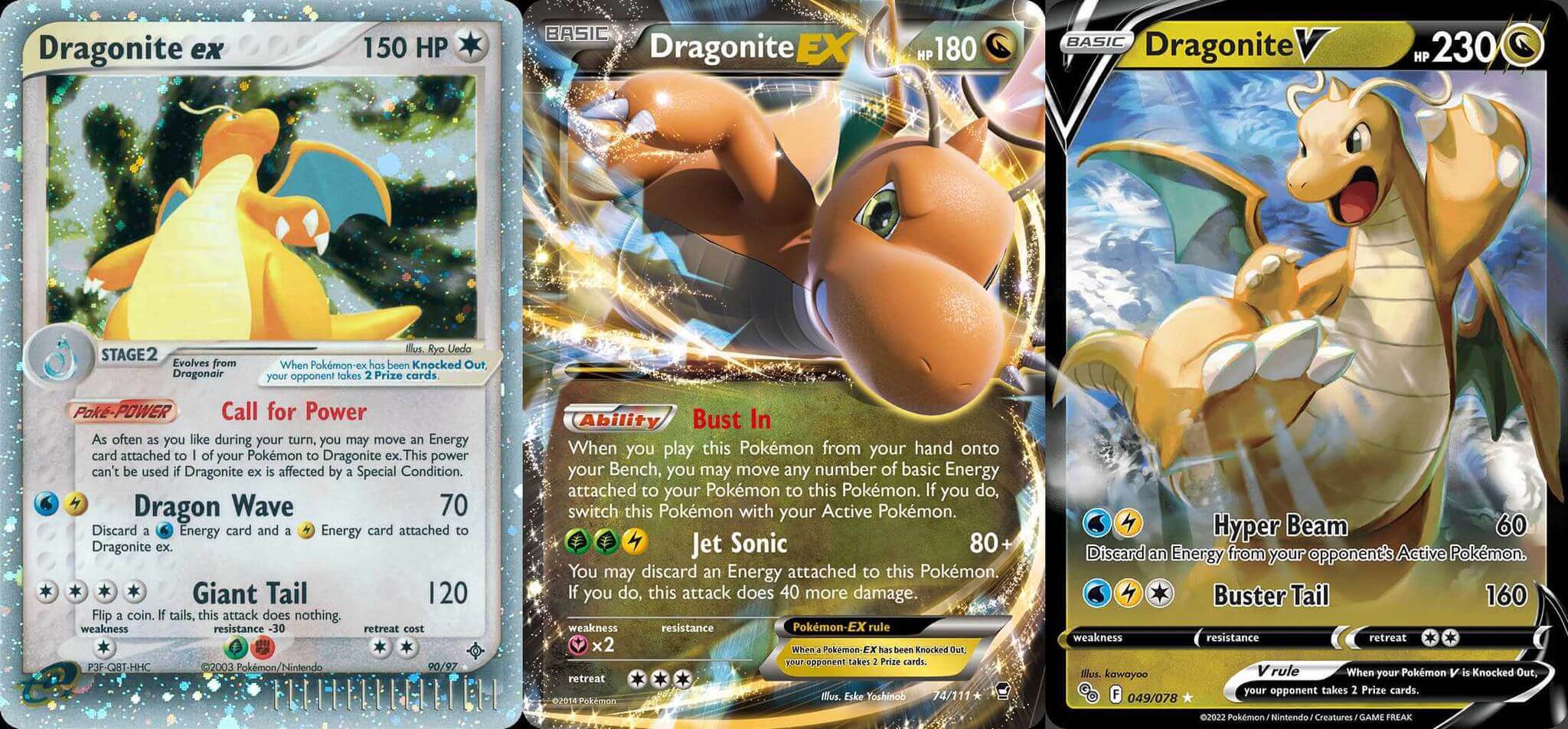
Compare this to Pokémon where the game’s design space largely felt finished during Generation 3 and has been running around in circles since. There has been nothing truly innovative added to the game in over a decade now. Only reiterations of the same ideas to the point of direct upgrades.
This isn’t really the problem it appears however and I am willing to cut Pokémon slack. The audience is children and they will never experience Base Set Blastoise. That card is over 20 years old now, so the concept being recycled in new cards keeps the spirit alive and and offers it to a new audience.
The Final Word:
The fact of the matter is that the Pokémon TCG has a much smaller design space than Yu-Gi-Oh! and Magic, so repeating concepts for new audiences can be seen as a positive. Unfortunately for people that have stuck with the game since it’s inception, it’s tiresome.
Being inspired by old cards to create something new, such as Neo Revelation Kingdra’s Genetic Memory being something of a precursor to LvX and Pokemon Break, that’s one thing. Repeating the exact same beats with nothing truly new? That’s another and likely why pokemon’s retro formats are popular. Why play something new when the old suffices?
This isn’t to say Yu-Gi-Oh! is better than Pokemon, that’s not the purpose of any of this discussion. All three of the major TCGs have their strengths and weaknesses. Taste is also subjective and contextual. Different people will find different things to appreciate about different games. Rather the intent was to contrast and compare. What does the much derided Yu-Gi-Oh! actually do better than either of it’s competitors?


